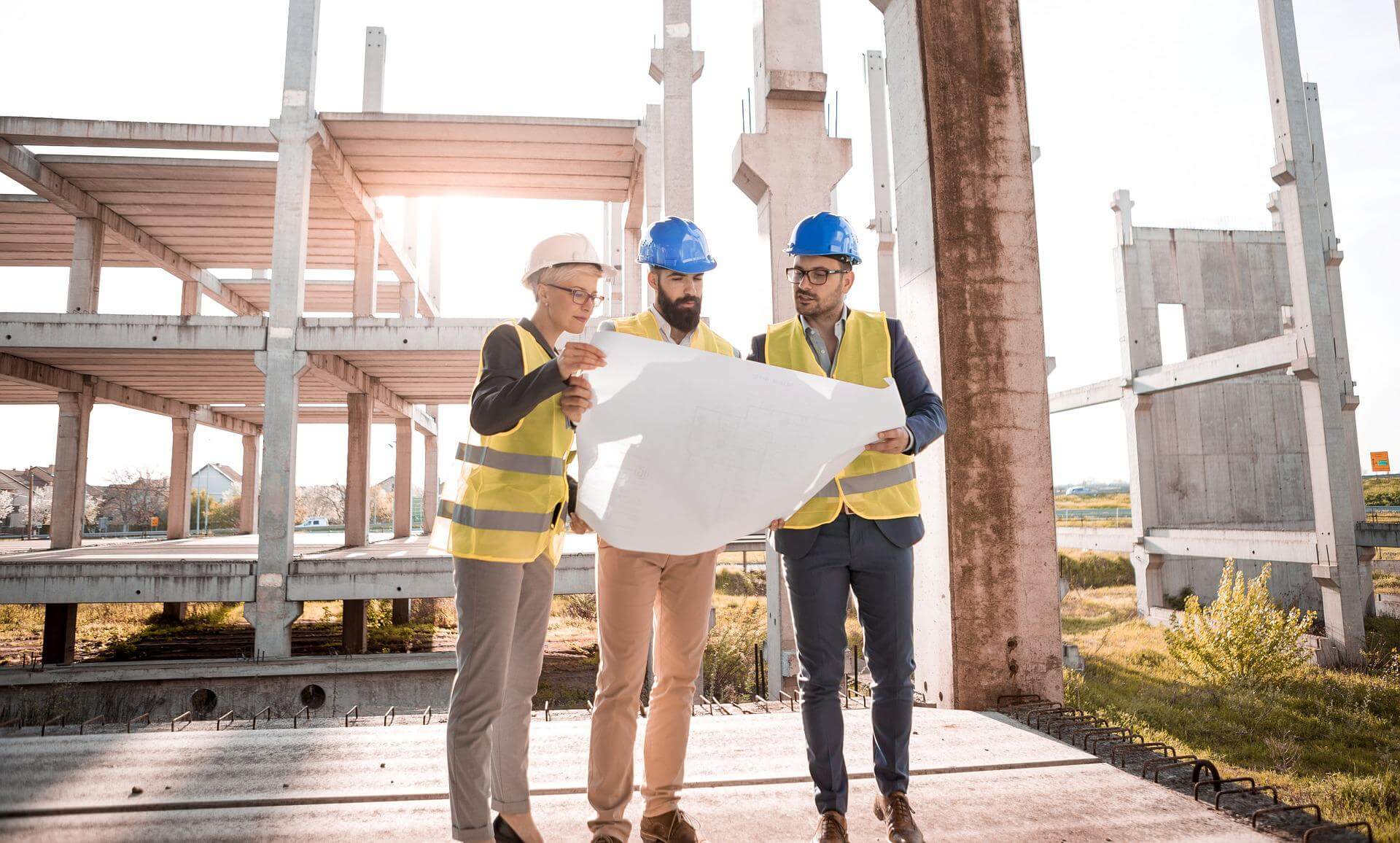When you are planning your future house, you have many options when it comes to implementation. You can consult a builder or an architect. Find out who is the better choice.
When building and renovating a house, you will not be able to avoid a specialist. Especially when you have to apply for a building permit, you need professional help, which you can get from a builder or architect. Both can have a building permit. This means that both the architect and the builder can do it, provided they meet the relevant conditions, draw up your building application, sign it and submit it to the building authority.
Both professions differ in many ways but are not at all dissimilar. It is often said: "The architect makes sure that the house is beautiful, the builder makes sure that it stays standing!” But it's not quite that simple, because many tasks become blurred.
You have already recognized this well, but the builder and architect do not always have to be the same person. The activity of the duplex-home builders can also be taken over by a civil engineer or a master builder, for example. So every architect can be a builder, but not every builder has to be an architect.
Ultimately, the client decides who will take over the construction management. It is only important that the builder reconciles the interests of the client and the specifications of the building authorities.
Architect - A touch of art and design
Architects are primarily creative. The skills of an architect include everything from design to construction management, construction planning and the coordination of construction work. The architect plans and designs objects under creative, artistic and sociological aspects. The tasks of the architect are the functional, creative, economic and technical planning of buildings. However, ecological and social aspects are also taken into account.
According to the dictionary and the courses, the tasks of an architect include not only functional and creative planning but also technical and economic planning. An architect is therefore both a technician and an artist. In larger buildings, he rarely takes on all these tasks alone. However, the activities cannot be delimited because the areas of responsibility are very diverse.
He keeps an eye on the construction costs, represents the client before the authorities and ensures the quality of the resulting building. In addition, as a builder, he obtains approval for the structure and checks whether the construction site is safe. A good architect ensures that the project adheres to local building codes and also has a degree in architecture or drafting.
Builder - it can be a little more technology
The job profile of builders is very diverse. They design structures, build bridges, tunnels and dams and are involved in the design of waterways and infrastructure. A builder is more involved in jobs like ordering the materials and acquiring the equipment needed.
The profession of a builder is very technically oriented as they complete an apprenticeship. They calculate, plan, organize, control and coordinate. Many builders specialize in certain areas. When building a house, they take on technically oriented solutions. You can hire a builder to build your own home or new residential complex.
A builder is more of a professional in the technical areas of construction management and is more practically oriented. As a site manager, he can also take on all of the above-mentioned tasks as an architect. It is not uncommon for builders and architects to work together on larger projects to combine the strengths of both parties and thus achieve an optimal result.
Anyone who has their house designed by an architect today is looking for individuality and special attention to design aspects. So if you have a lot of creative wishes, you should decide on an architect.
If you focus on practical things, the builder is usually the right contact person. It is advantageous if you not only commission the architect or builder with parts of the house construction but also transfer all tasks to the respective construction partner. Larger buildings or buildings and facilities that are very technology-heavy are often better for a builder. But that is also the practical reality.
Cooperation between architects and builders and the realization of joint projects doesn't always make sense for smaller objects. As soon as the projects become larger and more complex, this approach makes perfect sense. This means that everyone can contribute their strengths to the planning process and the optimal solution in terms of function and design is sought together.









 Erika Rhein, the contributing author and the professional blogger by profession. With years of experience, I now focus on writing blogs on varied niches. Being a research enthusiast, I like to provide my readers with the useful and informative articles on the different topics they are looking for. I aim to create a difference through my writing.
Erika Rhein, the contributing author and the professional blogger by profession. With years of experience, I now focus on writing blogs on varied niches. Being a research enthusiast, I like to provide my readers with the useful and informative articles on the different topics they are looking for. I aim to create a difference through my writing.
0 Comments